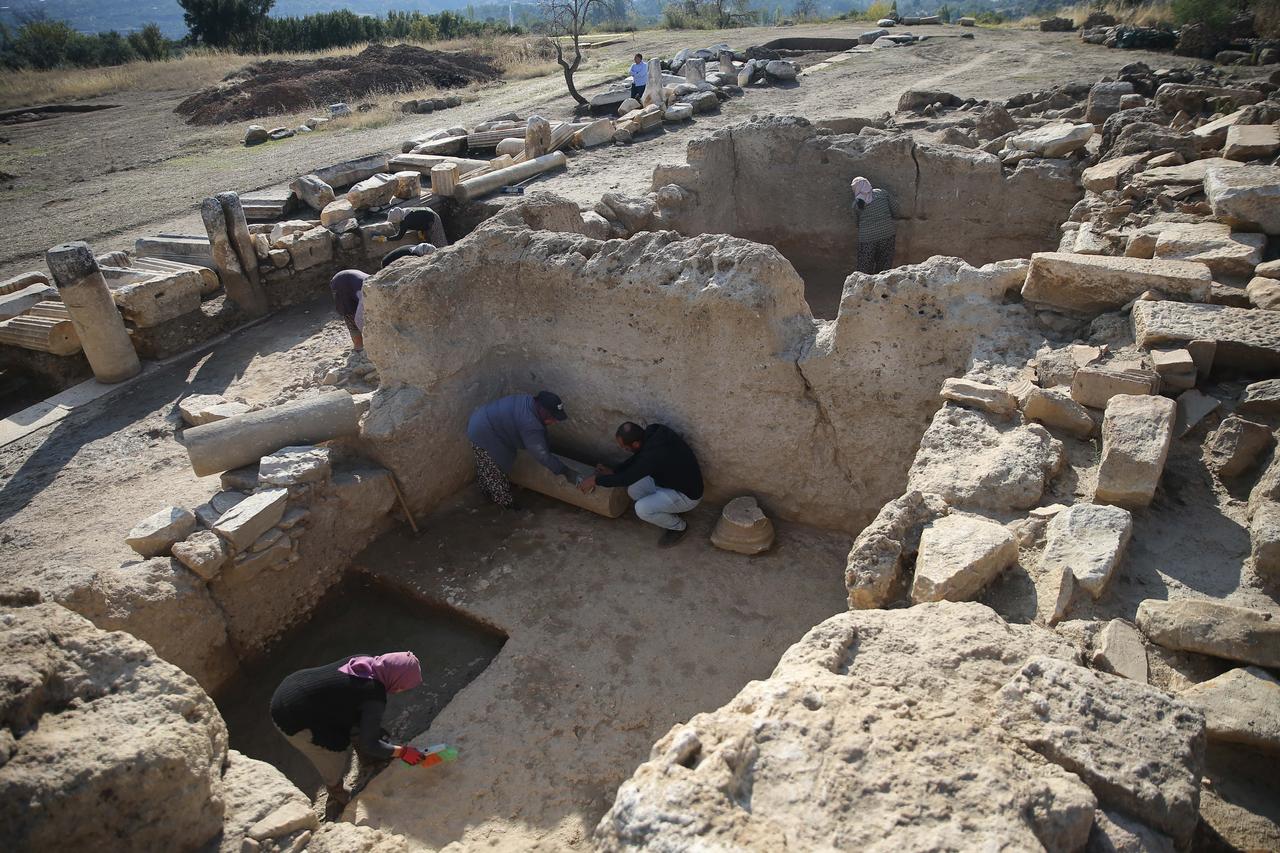
Archaeologists have uncovered a series of ancient shops at the heart of Hyllarima, an ancient city in the Kavaklidere district of Mugla province in southwestern Türkiye. The discovery sheds new light on the layout and commercial life of one of the oldest settlements in the inland region of ancient Caria.
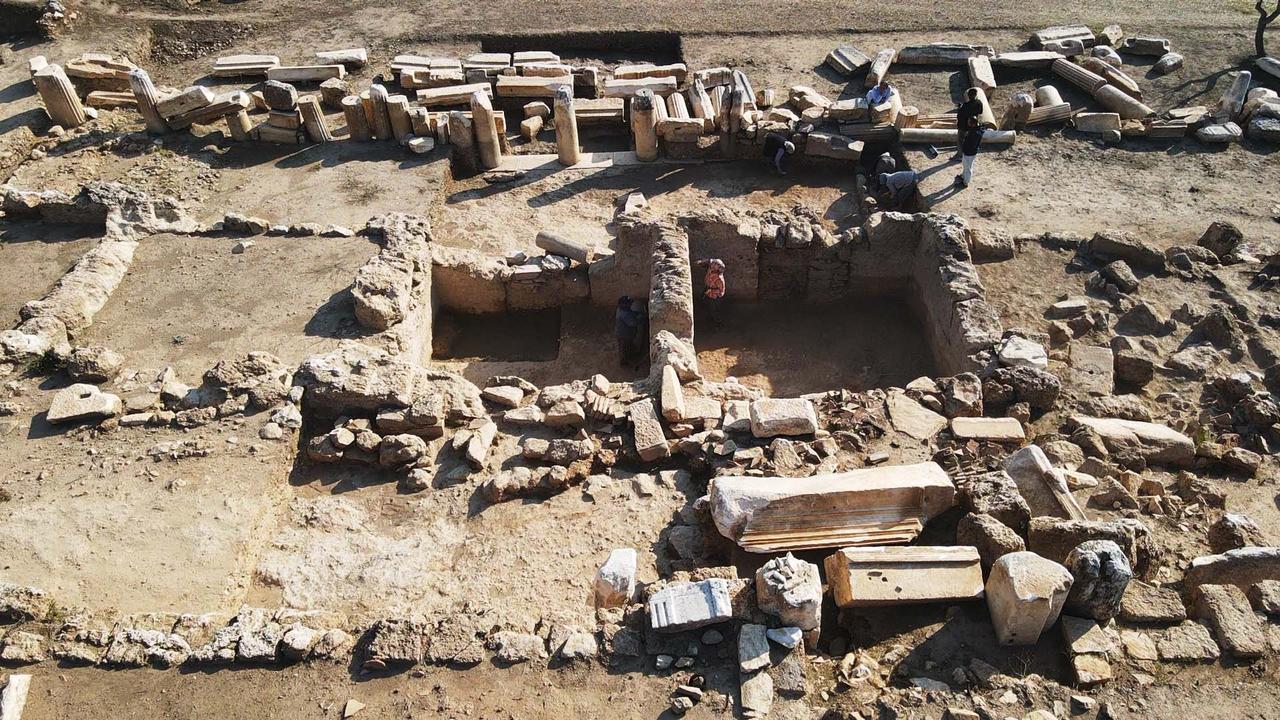
Excavations at Hyllarima, located in the Derebag neighborhood, have been underway for four years under the supervision of Professor Bekir Ozer. The project is supported by Türkiye’s Ministry of Culture and Tourism, the Mugla Governorship, Mugla Sitki Kocman University, Kavaklidere Municipality, and the Mugla Museum Directorate. The site contains architectural remains from the Classical, Hellenistic, and Roman periods.
Ozer stated that the recent excavations at the agora—the main public square and marketplace of the city—have yielded significant findings as part of the “Heritage for the Future” project. “This year, we conducted excavations to reveal the full dimensions of the agora and plan the next phases of work. Two of the shops identified last year have now been completely excavated,” he said.
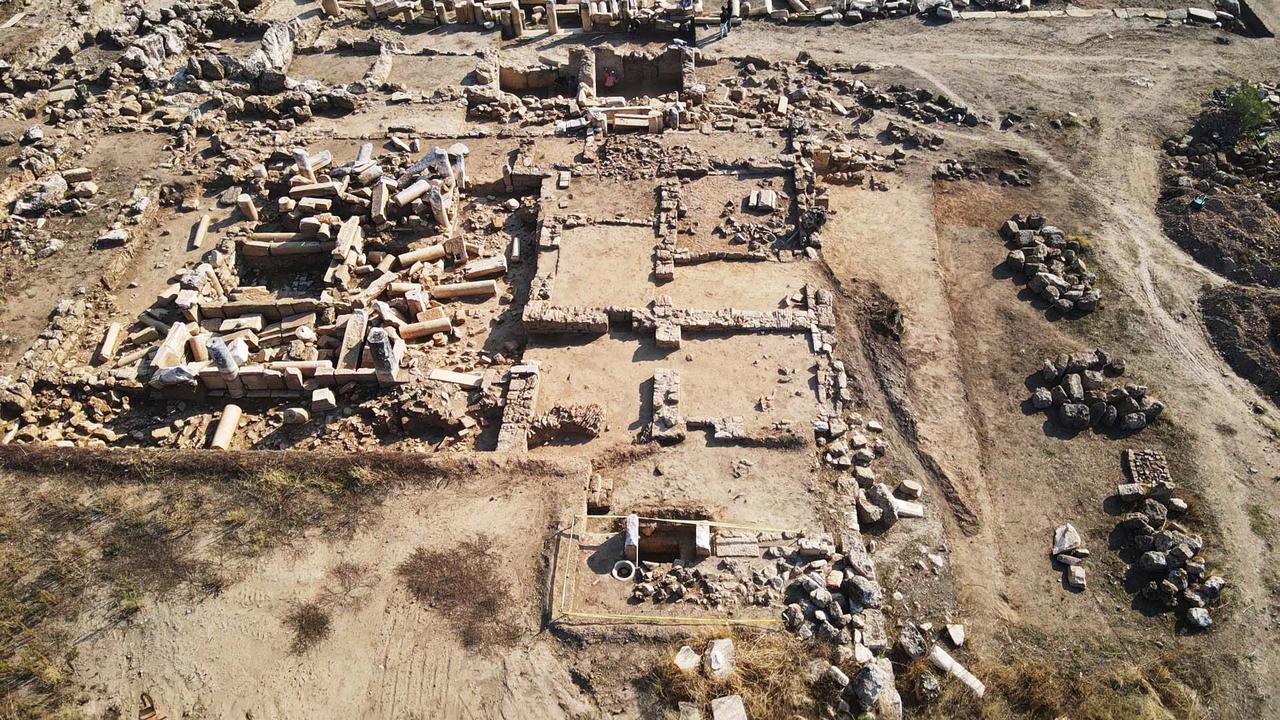
The agora’s layout features rows of shops carved directly into the bedrock, positioned around the city’s central area. Archaeologists also unearthed an ancient street separating the shops from a monumental fountain, as well as a columned walkway and the open marketplace.
The team is now focusing on the eastern section of the agora to better understand its architectural planning and urban development through time.
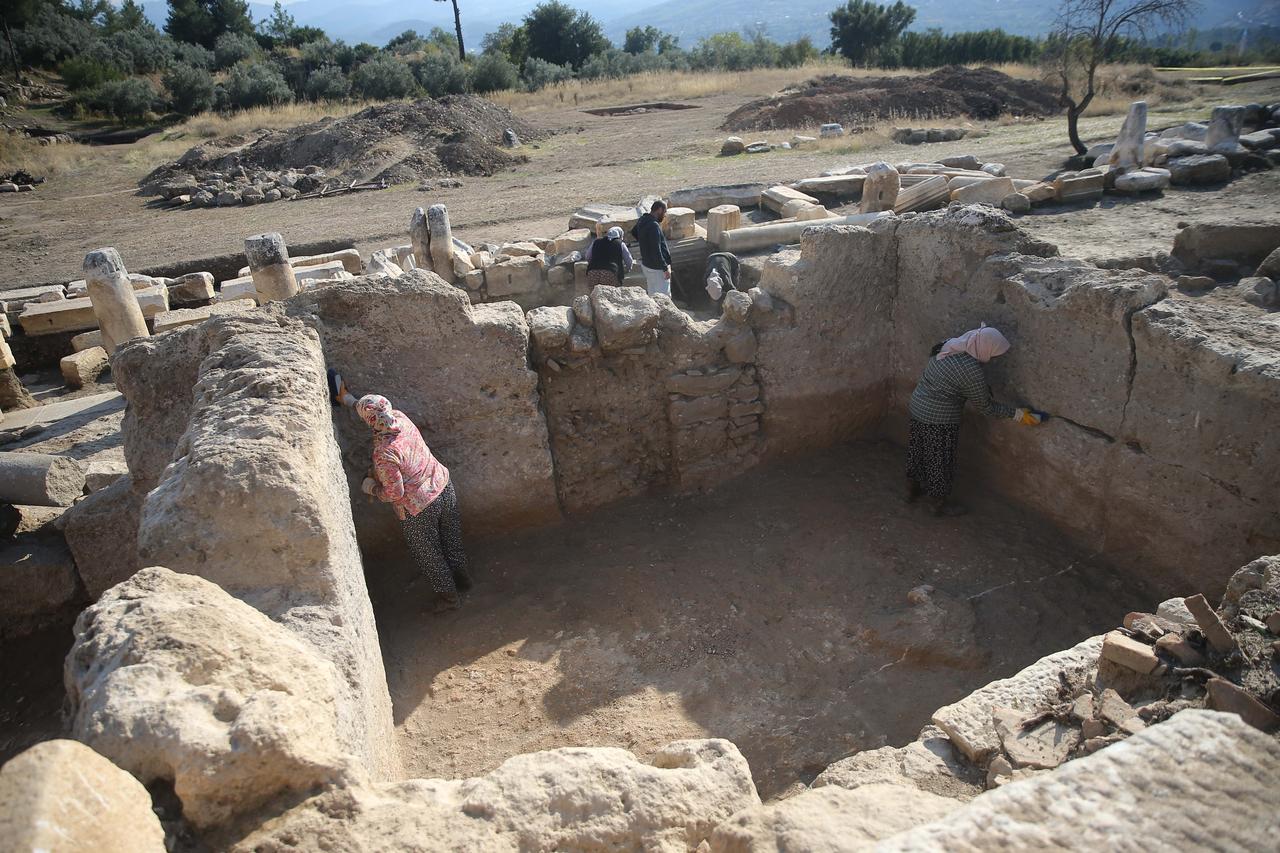
According to the findings, the agora was first organized in the third century B.C. and remained in use well into the second and third centuries A.D. Professor Ozer explained that the excavation team has so far identified the boundaries of seven shops, with the potential to add two or three more in future seasons. However, agricultural activities over centuries have damaged parts of the structures.
He added that a newly discovered wall on the city’s eastern side connects to a main street and was built upon the bedrock to form a walking platform. “This area was actually planned as a viewing terrace and walking space, which surprised us,” Ozer noted.
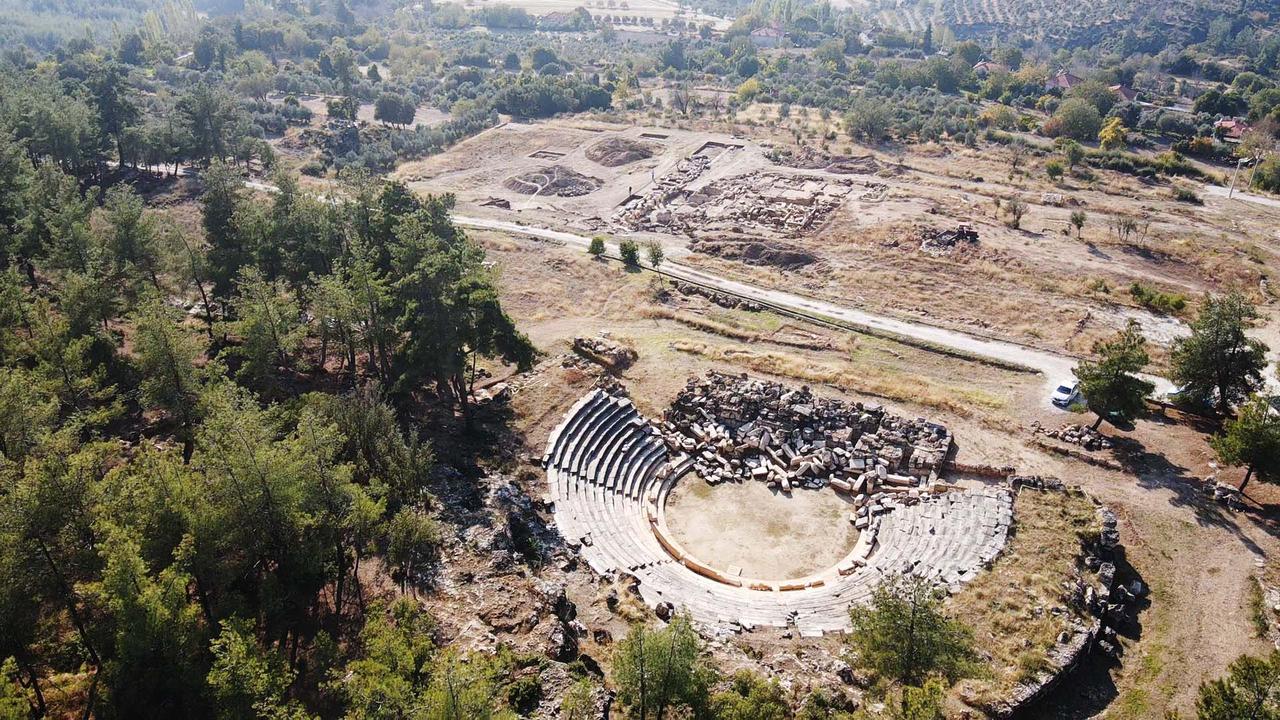
Water management appears to have played a central role in Hyllarima’s urban life. “Whichever area we excavate, we come across water channels,” said Ozer, emphasizing both the surprise and satisfaction this brings to the team. He recalled the earlier discovery of a monumental fountain designed in the form of a temple fountain—a style that reflects a symbolic link between water and the divine. Inscriptions found nearby refer to the connection between gods and the fountain itself.
This year, archaeologists also traced the water line feeding the fountain and identified another channel directing water toward the viewing terrace. Even after the ancient city was abandoned, its inhabitants continued to use these water systems for agricultural purposes in later periods, especially in the medieval settlement that developed on a nearby hill.
“The system was continuously renewed and has survived to this day,” Ozer concluded.